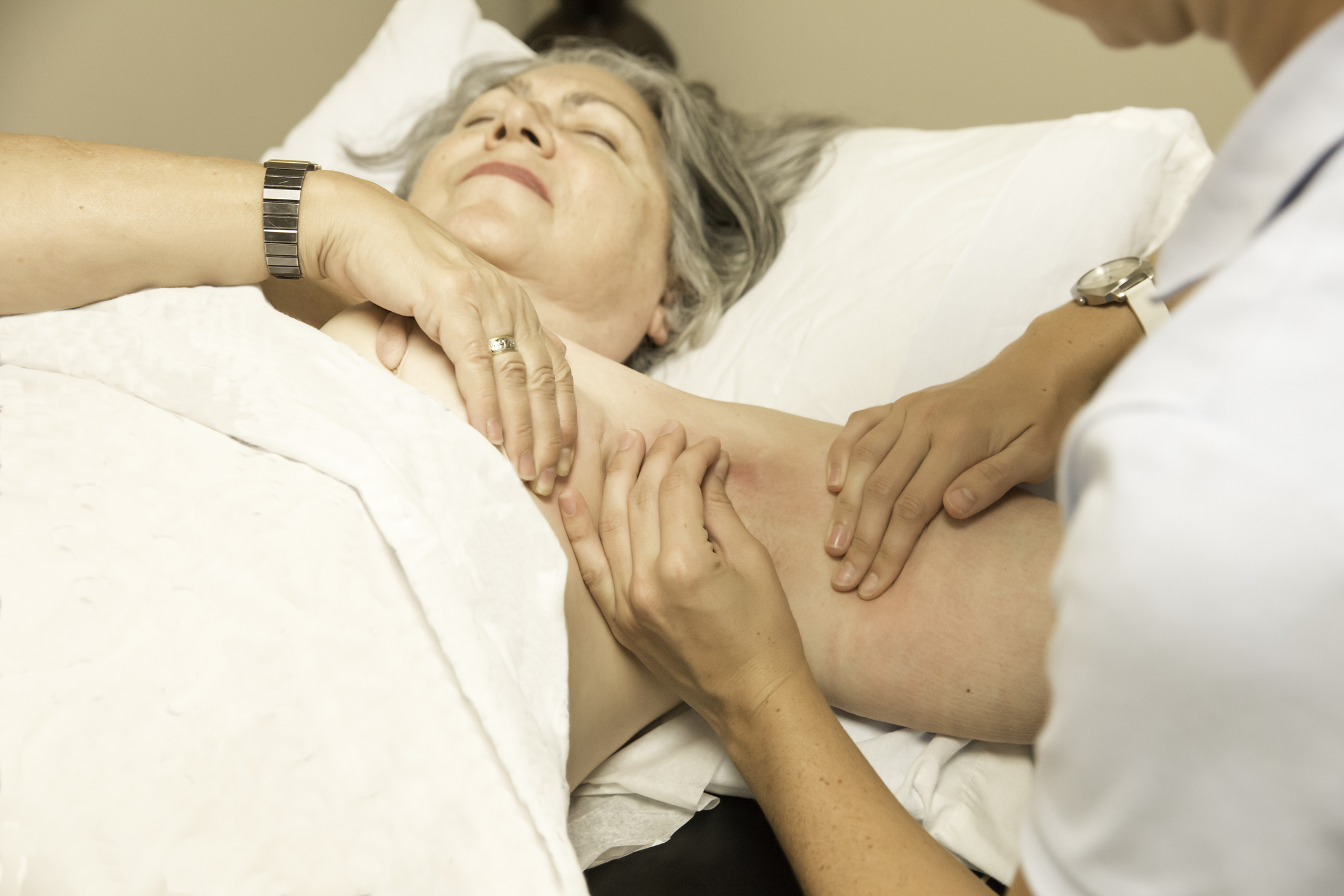
Today, Tuesday, March 6th is recognized as World Lymphedema Day. I am a physical therapist that treats patients with lymphedema, so this day has a great deal of meaning to both me and my patients. Many people still do not know what lymphedema is, nor do they realize how many people in this world are affected by it. More than 10 million Americans have been diagnosed with lymphedema. The purpose of World Lymphedema day is to support individuals with lymphedema, educate the public about the disease and help raise awareness for the need for more research and funding for lymphedema prevention, treatment and a possible cure.
Lymphedema is a chronic disease that requires lifetime management. There is no cure at this time, although many potential treatments are being developed and researched. Lymphedema results in swelling that occurs in one or more parts of the body. Most common areas that are affected are the arms, legs, head and neck. There are two main types of lymphedema, primary and secondary. Primary lymphedema is a congenital or hereditary condition that usually develops at an early age and is extremely rare. Secondary lymphedema is much more common. It can occur after surgery to remove lymph nodes for the treatment of cancer, radiation, infection, physical trauma or poor circulation such as chronic venous insufficiency. Some people develop lymphedema with no known cause, which is identified as idiopathic lymphedema.
Lymphedema symptoms are usually very gradual and at first patients may not realize they are developing lymphedema. Patients that have undergone cancer treatment usually have been educated regarding their potential risk for lymphedema and possibly referred to a lymphedema therapist during their treatment. Lymphedema therapists strive to identify the disease as quickly as possible, as early intervention helps give the patients the best long term outcomes. Symptoms may include a feeling of heaviness or fullness in the affected limb (such as arm or leg), swelling that goes away with rest or elevation and tighter fitting clothing. If this occurs I recommend going to see your physician or lymphedema therapist. Your lymphedema therapist will take measurements and discuss your current symptoms with you. It may be determined that you need to start treatment.
Treatment for lymphedema is called Complete Decongestive Therapy (CDT). This is performed by a trained lymphedema therapist, usually a physical therapist, occupational therapist, massage therapist or nurse. CDT treatment includes manual lymphatic drainage (MLD), multi-layer compression bandaging or the use of compression wraps, lymphatic drainage exercise program and skin care. Once you’ve completed your treatment phase you move on to the maintenance phase, in which you continue with your home exercise program and self MLD treatments. On occasion a patient will experience a flare up of symptoms and need to return to their lymphedema therapist for more treatment.
If you or someone you know has lymphedema or would like some more information about lymphedema and treatment, please feel free to contact Eastside Rebound by phone (541) 382-7875.
